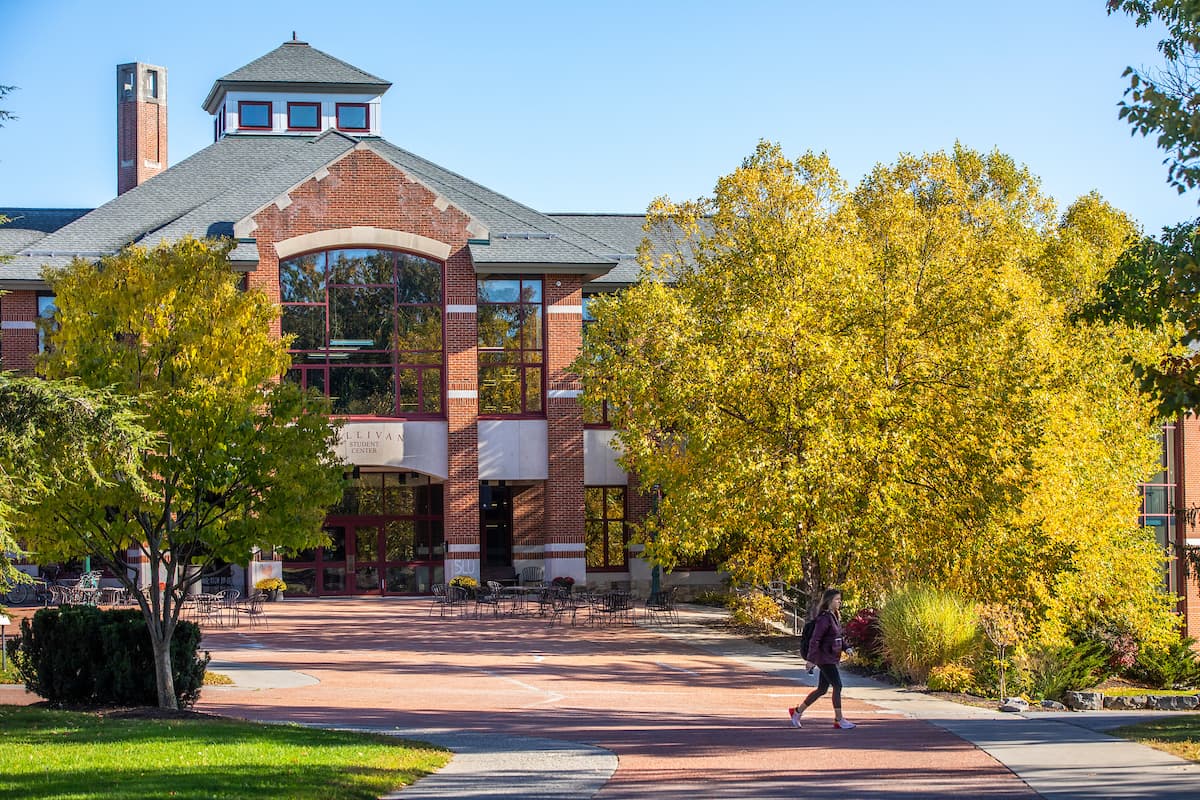St. Lawrence University has received a $236,477 grant to purchase a high capacity computer.
This computer is able to be used across multiple academic departments that require high- performance computing, phasing out an older computer funded by the National Science Foundation.
The grant comes from the National Science Foundation, which also awarded St. Lawrence with a $1M grant this summer for the Liberal Arts Science Scholars program.
The new computer is a big step up from the ten-year-old one that SLU currently has.
It will be built with the help of Red Barn Computers based in Binghamton, New York. Red Barn Computers has sold computers since 1995, and “Every Red Barn Computer is built using high quality industry standard components,” according to their website.
Red Barn uses parts from companies like Asus, Seagate and Intel.
Ed Harcourt, a Charles A. Dana Professor of Computer Science, director of the engineering combined program and the principal investigator for writing the grant stated that each high capacity computer is unique. “Each professor has different research projects, and requires something different of the computer,” said Harcourt.
The computer will be equipped with 400 processors as well as 2.6TB of Random Access Memory, which are used differently in research among STEM fields.
Additionally, the computer will contain two NVIDIA tesla graphic cards.
The NVIDIA tesla graphic cards will be used for machine learning, which is a form of artificial intelligence. It refers to the capability of a machine to improve its own performance.
Harcourt explained this as inserting 1,000 versions of his own fingerprint into the computer as well as 1,000 fingerprints that are not his own. With the two tesla graphic cards, the computer will be able to decipher which one is his fingertip.
The computer that SLU currently has is ten-years-old and is not as high functioning as it once was.
The old computer requires more energy than the new proposed one, and does not function fast enough for the research that students and professors carry out.
Faculty wrote the grant for the new computer as a result of the dying old computer since it would sometimes take weeks and or months to conduct research.
Faculty and students need a computer that will function quicker and more efficiently. This new computer could help boost SLU’s research infrastructure by attracting new faculty and students to conduct research here because of its amount of storage and processors.
The computer can even be accessed outside of the university since it has a remote log in. This means that professors and students who conduct research with people across the nation will not have to be at SLU to access it.
They will be able to log on to the computer through their own personal computers and laptops.
Students that wish to use the computer will be able to work with professors to learn how to utilize the computer and conduct their personal research.
Harcourt expects that the computer will be highly beneficial to senior year projects as well as individual faculty research.
The process for actually receiving and building the computer is a long one. The group that organized the grant needed to provide proof to the federal government that they have looked at more than one vendor to purchase the computer from.
In this way, they are proving that they are choosing the best option. “It is not like walking into a Best Buy and just purchasing one of the computers there,” said Harcourt.
NSF is an independent federal agency created “to promote the progress of science; to advance the national health, prosperity, and welfare; to secure the national defense…” according to the NSF website.
The grant application was submitted to NSF’s major research initiative which is highly competitive.
Harcourt explained that there is only about a 10 percent chance of getting the grant approved, which emphasizes how successful this grant writing was.
The faculty involved with crafting the grant include Ed Harcourt, Assistant Professor of Chemistry Adam Hill, Charles A. Dana professor of Statistics Michael Schuckers, Associate professor of Statistics Jessica Chapman, and three external partners.
Harcourt anticipates that the computer will be available for use by the end of this semester.



